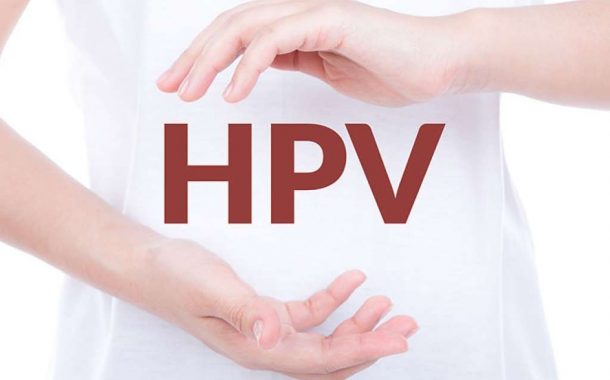Are We Aware of the Danger?
The HPV virus (human papilloma virus), which many of us have not even heard of, but which is found in millions of people both in the world and in our country, is becoming more common every year. While there are more than 200 types of HPV, the most common sexually transmitted infection, millions of people around the world still carry the HPV virus, most of them in their late teens and early 20s.
From warts to cancer!
While HPV does not cause health problems by disappearing spontaneously in some people with the effect of the immune system, it can cause genital warts and various cancers in millions of people. Genital warts, HPV virus infection occurs more frequently in the genital area, around the anus and rarely in the mouth in both women and men. These warts, or condylomata, are painless masses, sometimes single, sometimes multiple, sometimes as small as a pinhead, sometimes up to 4 cm in diameter (in rare cases, very large), with the appearance of cauliflower, resulting from Human Papilloma Virus (HPV) infection. papillary formations.
HPV types 6 and 11 most commonly cause genital warts. However, HPV types 16,18, 31,33, 35 and 52 cause cellular changes in the cervix. HPV virus is detected in 95% of women diagnosed with cervical cancer. HPV infection is the most important and perhaps the only cause of cervical cancer (cervical cancer), which is one of the leading female cancers. For this reason, when the HPV virus and the genital warts it causes are detected, they should be treated and the patients should be followed closely and smear test, HPV DNA test and colposcopic examinations should be performed when necessary. It is also a fact that in the presence of genital warts (condyloma), which is a result of the HPV virus, the contagiousness of this virus is very high, and with the burning of these condylomas, the virus often goes into a convalescence period by decreasing its infectivity.
Treatment
There is no effective treatment method for the disease. Even if warts are removed by freezing or burning, the disease may recur. However, the lesions it causes, namely warts (condyloma), must be treated and burned without losing time. Without treatment, warts may remain for a long time without any change, but these behaviors are very rare. They generally have a constant tendency to grow and spread. This growth is faster if there is another vaginal infection with the condyloma. It mostly spreads to moist and warm areas of the body. If abnormal color and shape changes and abnormal swellings are observed around the vagina and breech, if there is itching, burning and bleeding in the genital area, if the partner has condyloma or if he has had it before, a gynecological examination must be done.
What about the vaccine?
HPV vaccines are mainly produced against HPV 16 and 18; There are two vaccines around the world that only protect against cervical cancer and precancerous changes in the cervix, and two vaccines that contain protection against warts in addition to the protections in the quadruple vaccine. Both vaccines are used in girls aged 9-26. However, unlike childhood vaccines, it has the same protective effect on every woman up to the age of 45; even if sexual activity has begun, even if abnormal cervical changes have occurred; It can be applied to any woman up to the age of 45. HPV vaccines are also applied for boys and adult men to prevent wart formation, to reduce portability, and of course, to protect against penile cancer, albeit rare.



.jpg&w=100&h=89)

